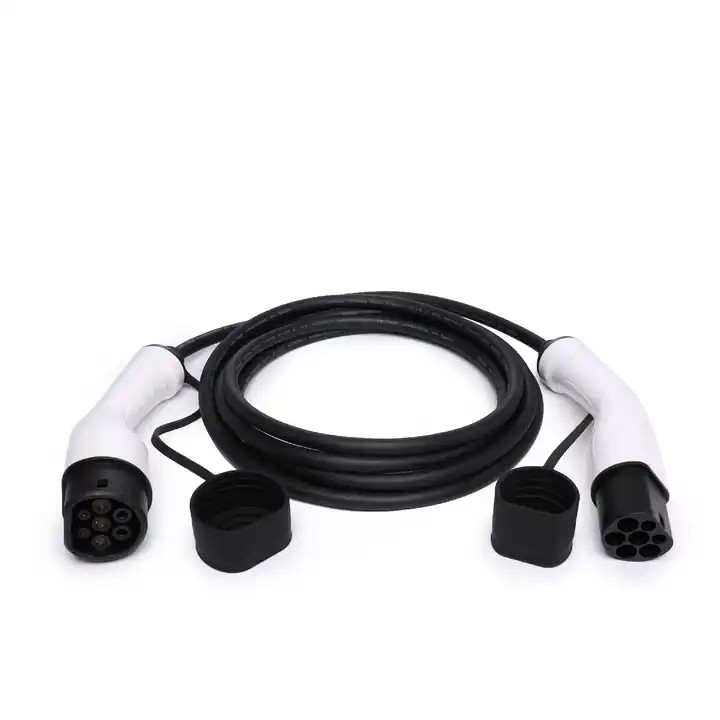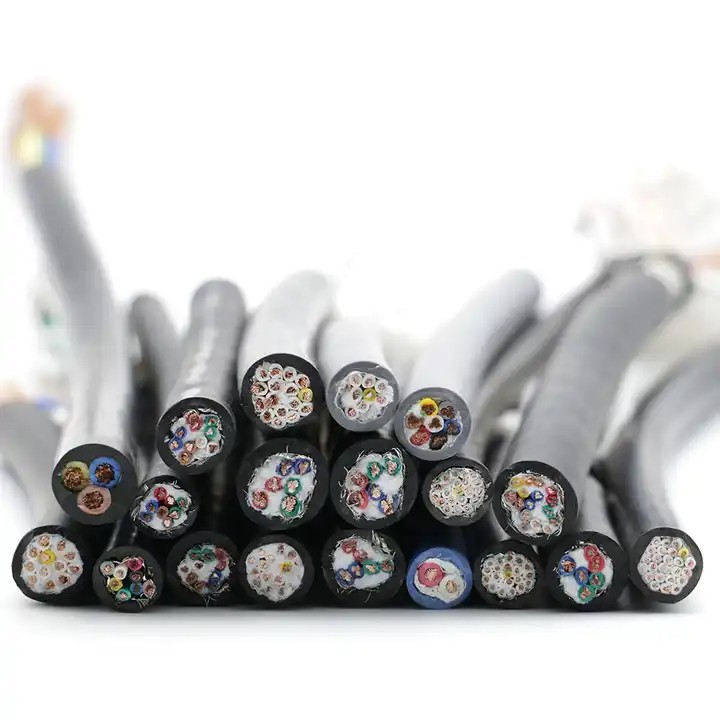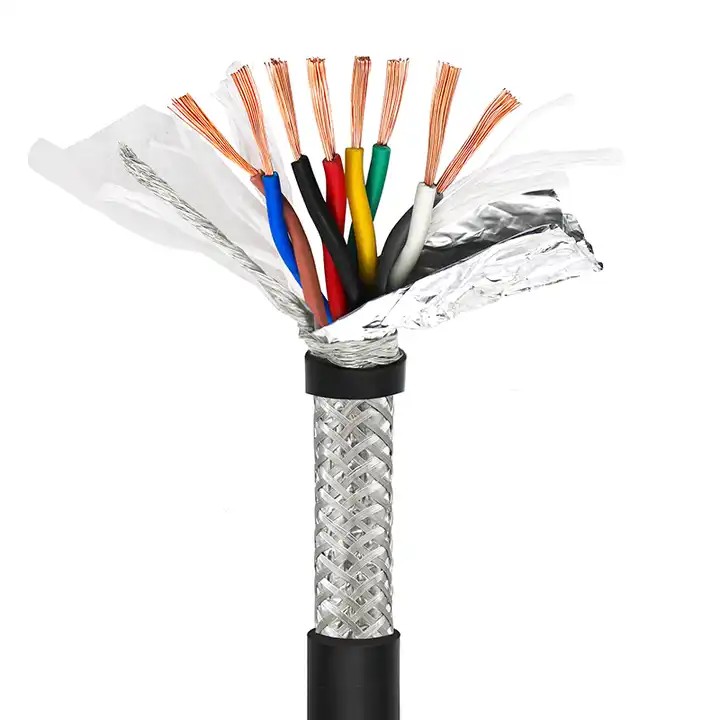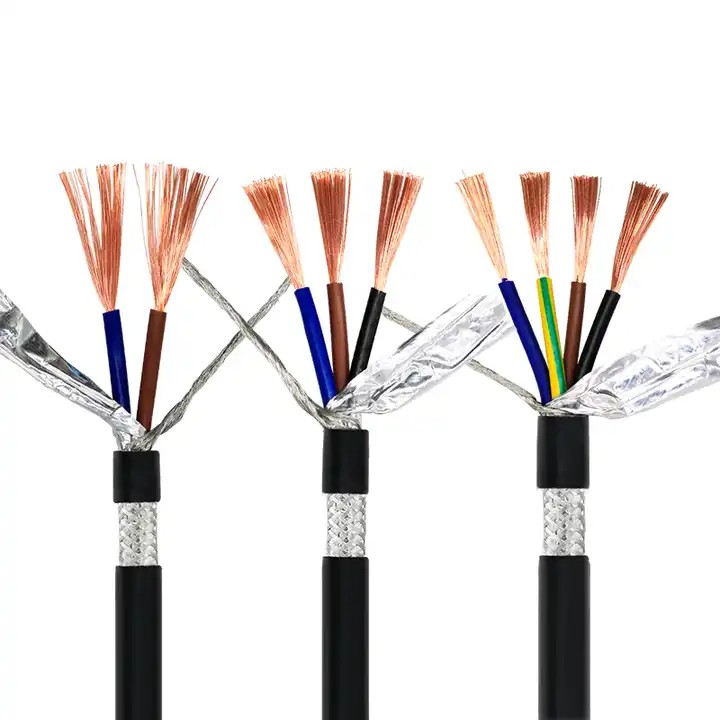The transition from traditional internal combustion engine (ICE) vehicles to new energy vehicles (NEVs), such as electric vehicles (EVs) and plug-in hybrid vehicles (PHEVs), is rapidly accelerating. One of the critical components driving the performance and safety of these vehicles is the new energy vehicle cable. These cables are designed to handle the unique power and data requirements of electric and hybrid vehicles, ensuring the smooth operation of everything from battery charging to the electric drivetrain.
In this article, we will explore the essential role of new energy vehicle cables in supporting efficient electric vehicle performance. We will discuss the types of cables used, their importance, the specific requirements they must meet, and how they contribute to the performance, efficiency, and safety of new energy vehicles. We will also delve into industry trends and data to highlight the growing demand for these essential components.

What Are New Energy Vehicle Cables?
New energy vehicle cables are high-performance cables specifically designed for use in electric and hybrid vehicles. These cables are responsible for transmitting power, signals, and data between various components of the vehicle, including the battery, motor, inverter, charger, and control systems. They are critical for the following key functions:
Battery Charging: The cables handle the power transmission from charging stations to the vehicle’s battery, allowing for efficient and safe charging.
Power Distribution: They distribute power from the battery to the motor and other electrical components.
Data Communication: Cables also enable communication between different electrical systems within the vehicle, ensuring optimal performance.
Due to the high-voltage and high-current nature of electric vehicles, these cables must be engineered to handle significant power while remaining safe, durable, and efficient.
Key Types of New Energy Vehicle Cables
Several types of new energy vehicle cables are used to manage different power and data functions within the vehicle. Below are the primary types:
1. High Voltage Power Cables
These cables are responsible for transmitting high voltage between the battery pack, inverter, and electric motor. They must be insulated and shielded to ensure safety and prevent any risk of electrical shock or fire.
Voltage Range: Typically, these cables are designed to handle voltages of 400V to 800V or even higher, depending on the vehicle model.
Materials: The cables are often made with copper or aluminum conductors, with high-quality insulation materials like cross-linked polyethylene (XLPE) to withstand high temperatures and mechanical stress.
2. Low Voltage Power Cables
Low voltage cables are used to power low-voltage systems, such as lights, infotainment systems, and air conditioning units. These cables operate at 12V or 24V and are crucial for maintaining the electrical systems of the vehicle that do not require high voltage.
3. Charging Cables
Charging cables connect the vehicle to the charging station and transfer power to the vehicle’s battery. These cables must be capable of handling different power levels, such as fast charging (DC fast charging) or standard AC charging, depending on the charging infrastructure.
Fast Charging: Fast charging cables can carry higher currents (e.g., 250A or higher) for DC fast charging, enabling quicker charging times.
4. Signal and Communication Cables
These cables are responsible for data transfer between the vehicle’s various control systems, sensors, and communication devices. They facilitate functions like battery management system (BMS) monitoring, motor control, and onboard diagnostics (OBD).
CAN Bus Cables: Controller Area Network (CAN) bus cables are used for communication between ECUs (electronic control units), allowing the different systems of the vehicle to exchange information.
Why Are New Energy Vehicle Cables Crucial for EV Performance?
The importance of new energy vehicle cables cannot be overstated, as they directly impact the vehicle’s performance, safety, and efficiency. Let’s take a closer look at how these cables contribute to the overall functioning of electric vehicles.
1. Efficient Power Distribution
One of the most important functions of new energy vehicle cables is to distribute power efficiently between the battery and the electric motor. The power distribution system must ensure that the motor receives the correct amount of electricity to deliver optimal performance without energy loss.
Efficiency: Poorly designed cables with excessive resistance can lead to energy loss in the form of heat. High-quality cables minimize this loss, making the vehicle more energy-efficient.
Optimal Performance: Efficient power distribution ensures that the motor runs smoothly, providing better acceleration and top speed without overloading the system.
2. Safety in High-Voltage Systems
Electric vehicles operate on high-voltage systems, which can be dangerous if not managed properly. New energy vehicle cables are designed with robust insulation and safety features to prevent electrical hazards.
Fire Prevention: In the event of a short circuit or malfunction, these cables are engineered to minimize the risk of fires. Many cables are equipped with flame-retardant materials, ensuring that they can withstand extreme conditions without compromising safety.
Electromagnetic Interference (EMI) Shielding: Cables used in EVs are often shielded to protect sensitive components from electromagnetic interference, which can affect the vehicle’s performance.
3. Enabling Fast Charging
Charging time is one of the key concerns for many EV owners. The ability to support fast charging is heavily dependent on the type of charging cables used in the vehicle.
Fast Charging Capability: Advanced charging cables can handle high current levels (250A or more), allowing vehicles to charge in a fraction of the time required by standard cables.
Thermal Management: High-quality cables are designed to manage the heat generated during fast charging, preventing overheating that can damage the cables or reduce charging efficiency.
4. Data Communication and Control
Modern electric vehicles are complex systems with many interconnected electronic components. Signal and communication cables play a vital role in ensuring that all systems work together seamlessly.
Battery Management System (BMS): The BMS relies on continuous data from sensors and control units to manage the battery’s state of charge and health. Signal cables allow for the smooth communication required to protect the battery from overcharging or deep discharge.
Diagnostics and Monitoring: Communication cables enable the vehicle’s onboard diagnostic systems to transmit data for maintenance, troubleshooting, and monitoring.
The Growing Demand for New Energy Vehicle Cables
As the global market for electric vehicles continues to grow, so does the demand for new energy vehicle cables. According to a report by the International Energy Agency (IEA), the global stock of electric cars exceeded 10 million in 2020, and that number is expected to increase significantly over the coming decades.
Market Growth: The global electric vehicle market is projected to grow at a compound annual growth rate (CAGR) of 21.1% from 2021 to 2030, which will likely result in a corresponding increase in demand for EV cables.
Technology Advancements: As EVs become more advanced, with longer ranges, higher charging capacities, and more sophisticated electronics, the requirements for new energy vehicle cables will evolve. Manufacturers will need to innovate to meet these new demands.
Conclusion
New energy vehicle cables are fundamental to the performance, safety, and efficiency of electric vehicles. From supporting fast charging and power distribution to enabling precise data communication, these cables play a critical role in ensuring the success of the electric vehicle revolution. As the market for electric vehicles continues to expand, the need for high-quality, durable, and efficient cables will only increase, driving innovation and growth in the sector.
By investing in advanced new energy vehicle cables, automakers can improve the performance and longevity of their electric vehicles, enhancing the overall driving experience while contributing to a sustainable, cleaner future.













